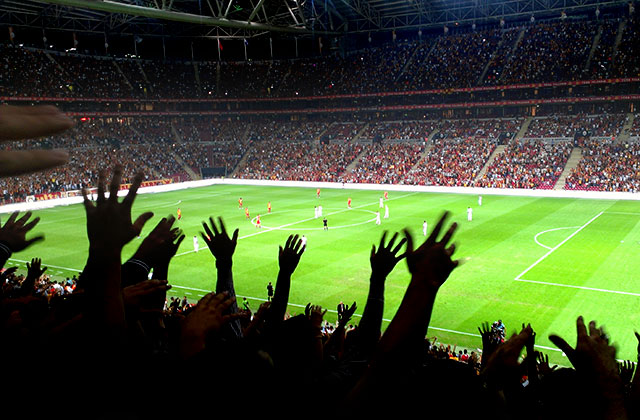Chelsea are moving towards redeveloping Stamford Bridge.
Having lost out in a secret bid to buy the Battersea Power Station and with other sites not considered viable assuming they were available, and with the very real prospect of having only the fourth largest stadium in London, Roman Abramovich has given the go-ahead for his board of directors to rectify the situation and look to build a new stadium on the existing Staamford Bridge site.
Arsenal already has a 60,000-seater stadium and West Ham are due to move into the former Olympic stadium, another 60,000-seater.
Spurs are well advanced in building a 50,000-seater ground, which would leave Stamford Bridge's 42,000-seater ground as only the fourth best in London.
The club also needs to generate more income from the ground on match days.
Having rejected the idea of redeveloping the ground iout of hand in the past, it now appears to be something the club are looking at again.
To that extent the club issued a statement today detaiiling the very first salvo in what could be a long and ugly process.
not ugly as far as the fans are concerned but with the local residents and Hammersmith and Fulham council.
it was noticeable that this statement was addressed to the fans and named Roman Abramovich in the first paragraph.
Chelsea need not worry that the fans will be against this but they have learned their lessons from their failied attempt to buy back the freehold of the pitch which almost caused civil war between fans and the club.
Below is the statement to the fans:
A study of the area from Fulham Broadway town centre to Stamford Bridge and beyond has been commissioned by Chelsea Football Club's owner Roman Abramovich.
This study will review the potential for improvements to publicly-owned areas along Fulham Road and the area around the football ground, including the possibility of decking over the railway lines to the east and north of the ground. This could create landscaped public walkways and cycleways, while also reducing pedestrian traffic on Fulham Road and nearby streets on matchdays.
The study will also assess the feasibility of an expansion of the stadium within the existing historic site boundaries, potentially to enlarge its capacity, enhance its facilities and improve the movement of people and vehicles on match and non-matchdays.
As a first step, a consultation will take place with local stakeholders, including community and residents' groups, for opinions on the existing conditions in the area.
The consultation will not concern itself with any design or details of a redevelopment on the stadium site. Instead it will ask about the surrounding publicly-owned areas and in particular the civic infrastructure necessary to ensure a successful and feasible redevelopment.
We will keep our supporters informed as the study progresses.
